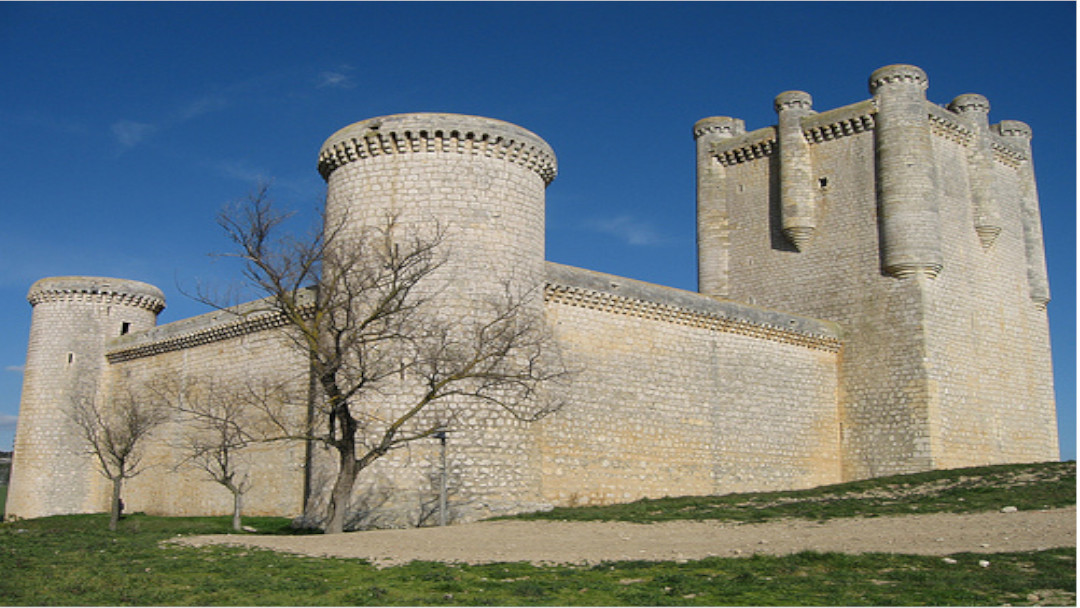Next Monday, July 8, CARTIF researchers Pedro Martín Lerones and David Olmedo will present, in the final review of the INCEPTION project held in Zagreb (Croatia), the progress made by the Valladolid technology centre within the framework of this initiative. CARTIF is in charge of the WP3, HBIM semantic modeling, key in the development of the project.
The Torrelobatón Castle, in Valladolid, is the Spanish demonstrator where the CARTIF research team has successfully tested the following aspects:
- The software architecture that allows the graphic and semantic HBIM interoperability.
- The web service that allows the semantic organization of the classifiable architectural elements at European level, with the corresponding ontologies.
- The process that allows to accelerate the transition “cloud of points > HBIM modeling”, verified with the parametric model of the Torrelobatón Castle as archetype of the fortification architecture in Europe, uploaded and manipulable in the INCEPTION-Platform.
- Two plug-ins for REVIT (most widespread BIM environment worldwide): 3DASH-Tool, which allows to extract basic parametric characteristics with millimeter precision; and LOKI-Tool, which complements a specific methodology to bring to BIM the information of the image and cloud equipment of points, allowing their combination (thermographies, high-resolution photos, reflectance map and multispectral images) and their use for 3D parametric modeling.
On Tuesday 9, a project consortium meeting will take place to assess the results of this latest revision and carry out any corrective actions that may be necessary. As of July 10, CARTIF will carry out the pertinent technical and administrative reports to justify the last execution period and close this four-year project.
The CARTIF technology centre is the only Spanish partner that is part of the international INCEPTION project, which advocates innovation in 3D modeling of cultural heritage through an inclusive approach to dynamic 3D reconstruction of objects, monuments, buildings and social environments. This initiative seeks to enrich the European identity by understanding the continuous evolution of European cultural heritage over the years. INCEPTION solves the drawbacks of state-of-the-art 3D reconstruction by significantly improving the functionalities, capabilities and cost-effectiveness of the instruments, as well as the implementation procedures for lifting, processing and data acquisition with 3D laser.
INCEPTION has approached with maximum precision and efficiency the 3D capture through the integration of the geospatial information and the global and internal positioning systems (GIS, GPS, IPS), carried out through hardware interfaces and software algorithms. In this way, the project has developed an open standard semantic web platform for the construction of information models for cultural heritage (HBIM) that will be implemented in augmented reality (VR and AR), easy to use and operative in mobile devices.

